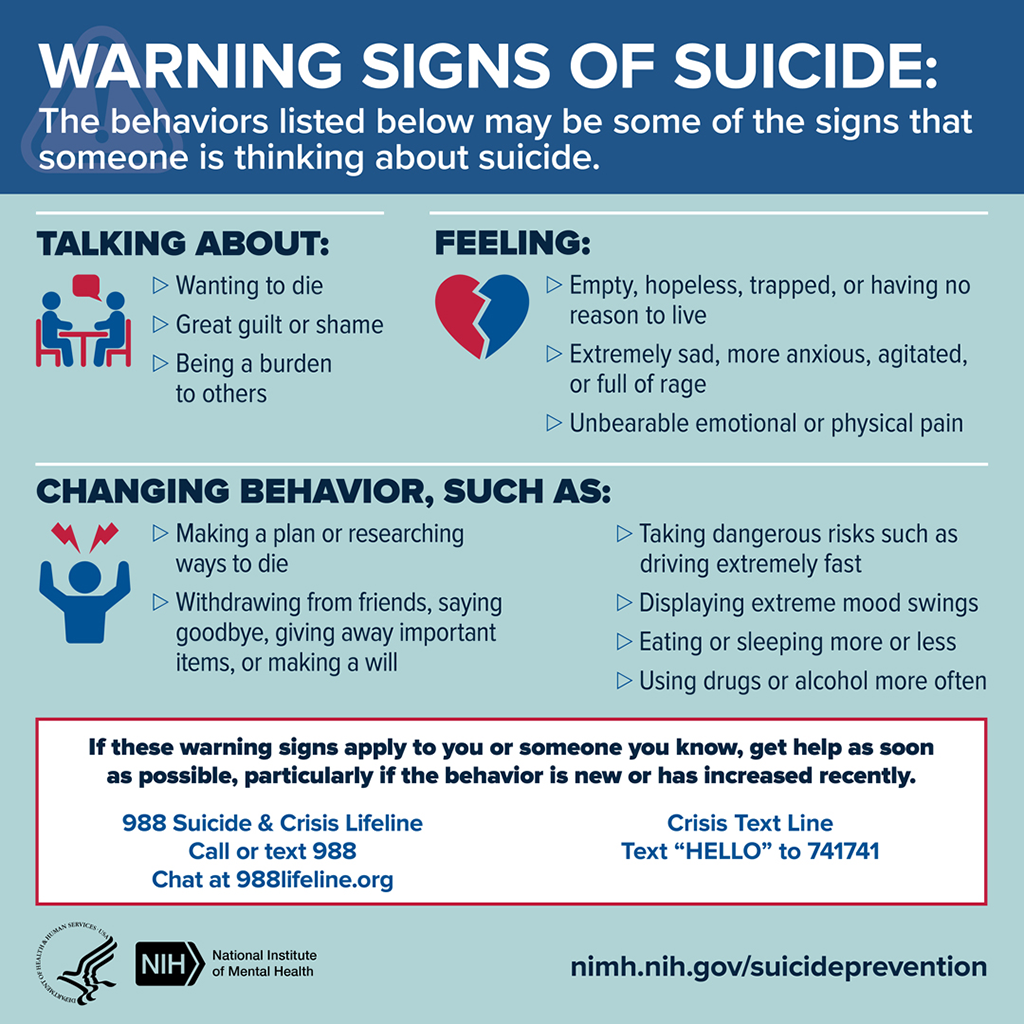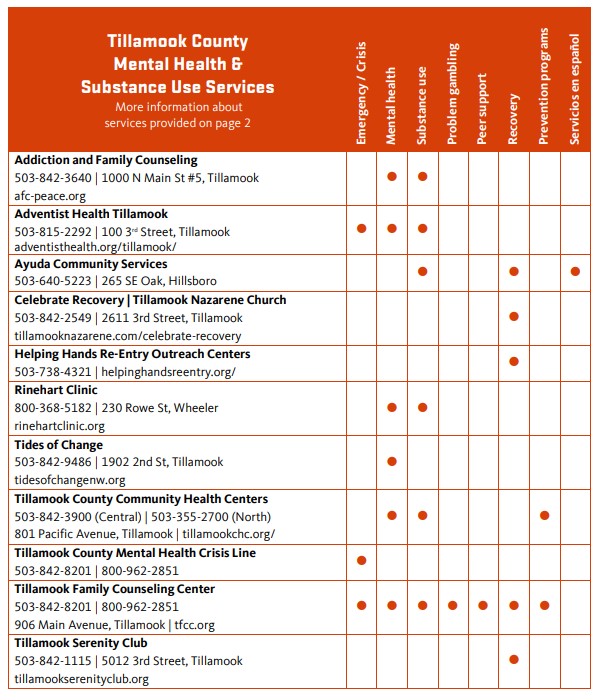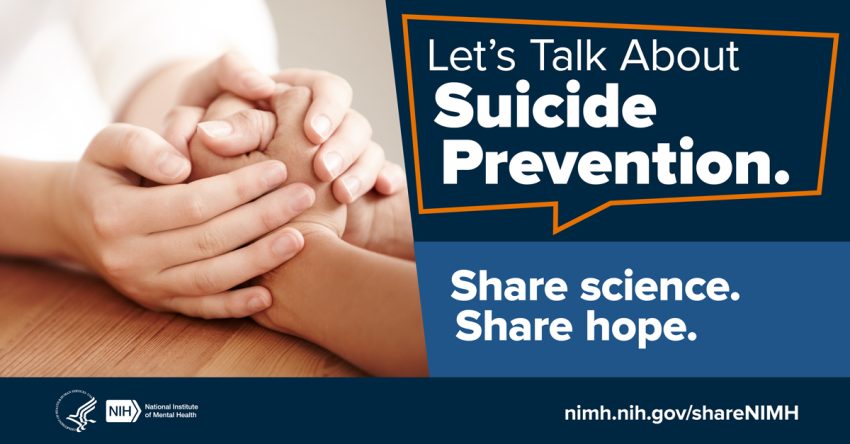By Leanna Coy, FNP-BC
This article is part of a series openly discussing the topic of suicide. The goal is to empower those struggling to seek help.
Note: This article contains information about the idea of suicide. If you or someone you know is struggling with thoughts of self-harm, help is available.
Call or text 988 or chat at 988Lifeline.org
Tillamook County Crisis Line: 1-800-962-2851 or 503-842-8201
In 2022, 883 people died by suicide in Oregon. Rural areas have higher rates of suicide than urban ones. In Tillamook County, the suicide rate was 33.2 per 100,000 people. The early signs of someone at risk can begin small. They may say things like, “Nothing matters,” or “You would be better off without me.” Over time, the comments may worsen with statements like, “I want to kill myself,” or “I won’t be a problem much longer.”
Risk factors for suicide
Mental health conditions are found in 46% of people who die by suicide. However, there is no single risk associated with suicide. The risks are usually gathered over a lifetime of experiences and factors. Risk factors include:
- A family history of suicide
- A history of trauma or abuse
- Drug or alcohol abuse
- Chronic stress
- A chronic or serious medical illness
- A recent tragedy or loss
Know the warning signs
 When someone is in crisis, their behaviors can become unstable. Their usual nature or character may change quickly without warning. You may notice:
When someone is in crisis, their behaviors can become unstable. Their usual nature or character may change quickly without warning. You may notice:
- Changes in eating and sleeping habits
- Acting out or aggressive behaviors
- Increased alcohol or drug use
- Loss of interest in usual activities, work, or school
- Withdrawing from friends and family members
- Not taking care of personal hygiene or appearance
- Excessive risk-taking or impulsive behavior
- Expressing hopelessness in the future or not having a reason to live
Do not ignore suicidal behaviors. If you or someone you know seems at risk, take action. Seek immediate help from a health care provider or call 988 to reach the Suicide and Crisis Line. Someone who is in crisis may:
- Collect or stock up on pills or buy a weapon
- Give away possessions
- Say goodbye to family and friends
- Suddenly organize personal papers or pay off debts to tie up lose ends
How to support someone
If you know someone who struggles with suicidal thoughts, let them know you are a person they can talk to. If you see signs, start the conversation.
- Talk openly about your concerns. Ask direct questions like: “Do you have a plan to kill yourself?” or “If you were going to kill yourself, how would you do it?”
- Remove potential methods of harm, including guns, knives, pills, and poisons.
- Show support and concern. Be patient.
- Avoid debating whether suicide is right or wrong. Don’t argue or raise your voice.
- Ask if you can help them by contacting their mental health provider, the Suicide and Crisis Line, or by taking them to the emergency room.
How to support yourself
Suicidal thoughts are just thoughts. You do not need to act on them. Having suicidal thoughts can mean you are dealing with more pain than you can cope with on your own. Remember, there is someone willing to help you get through this. When you are in crisis:
- Tell someone about your thoughts and feelings. Find a friend, family member, teacher, or co-worker to talk to.
- Ask them to stay with you until you can get help.
- Call or text 988 to reach the Suicide and Crisis Line
- Go to your primary care provider or mental health provider and ask for help
- Go to the emergency room
Before you get to a crisis, make a safety plan.
- Know your warning signs
- Keep your environment safe by removing harmful items
- Distract yourself with activities
- Find a contact person or people that you can reach out to
- Establish with a mental health professional
For someone at risk, thoughts of suicide can be terrifying. You do not have to go through this alone. By seeking help or speaking with someone you trust, devastating consequences can be avoided. If you know someone struggling, make yourself available as person they can reach out to when in need. Remind them of the mental health professionals who can help them deal with their feelings. Most of all, let them know there is hope.



